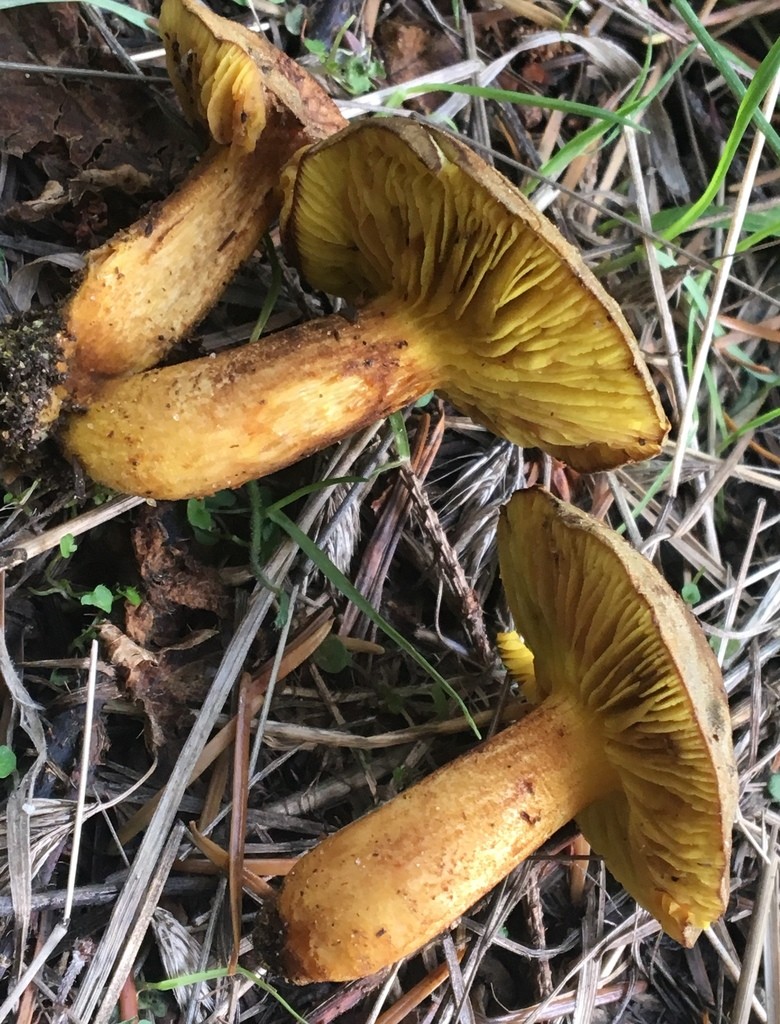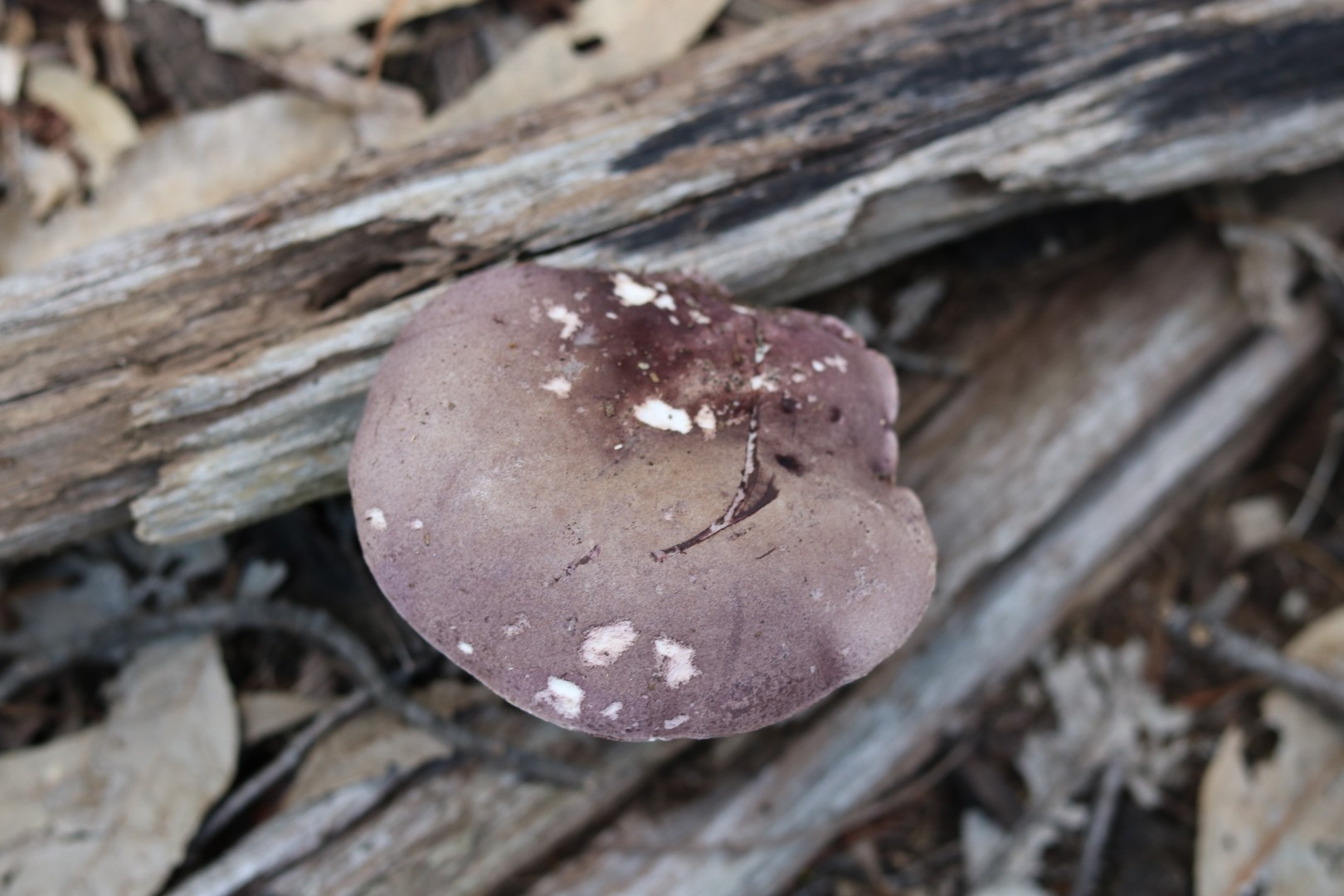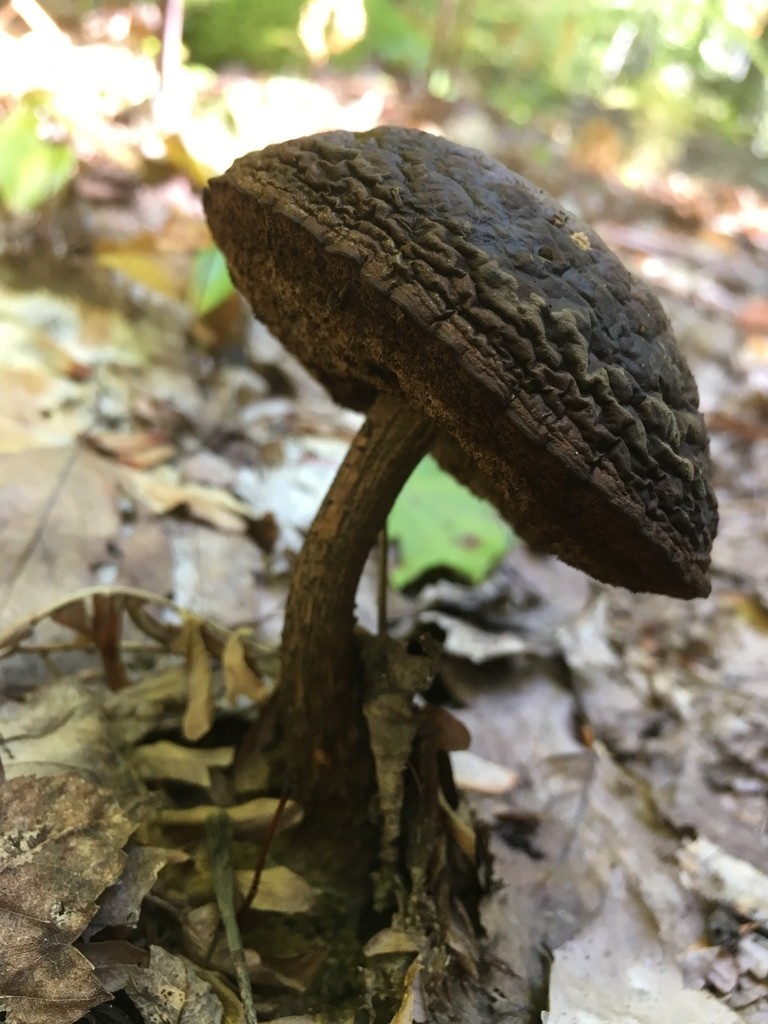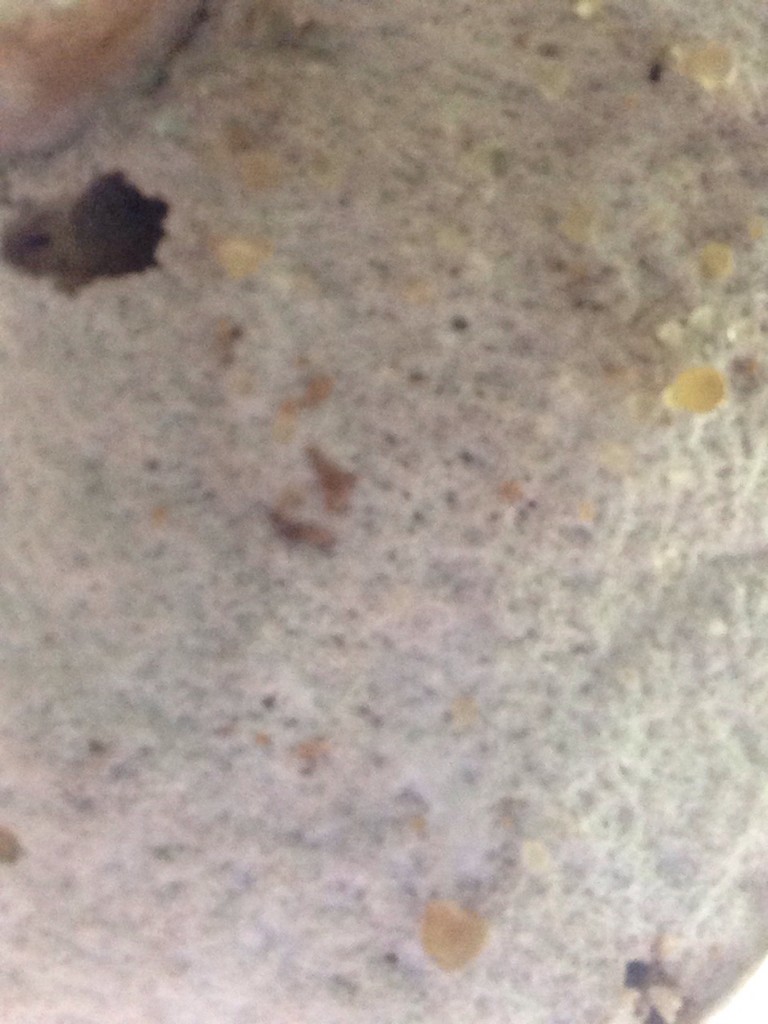Bolétacées
Nom scientifique: Boletaceae
Bolétacées
Nom scientifique: Boletaceae
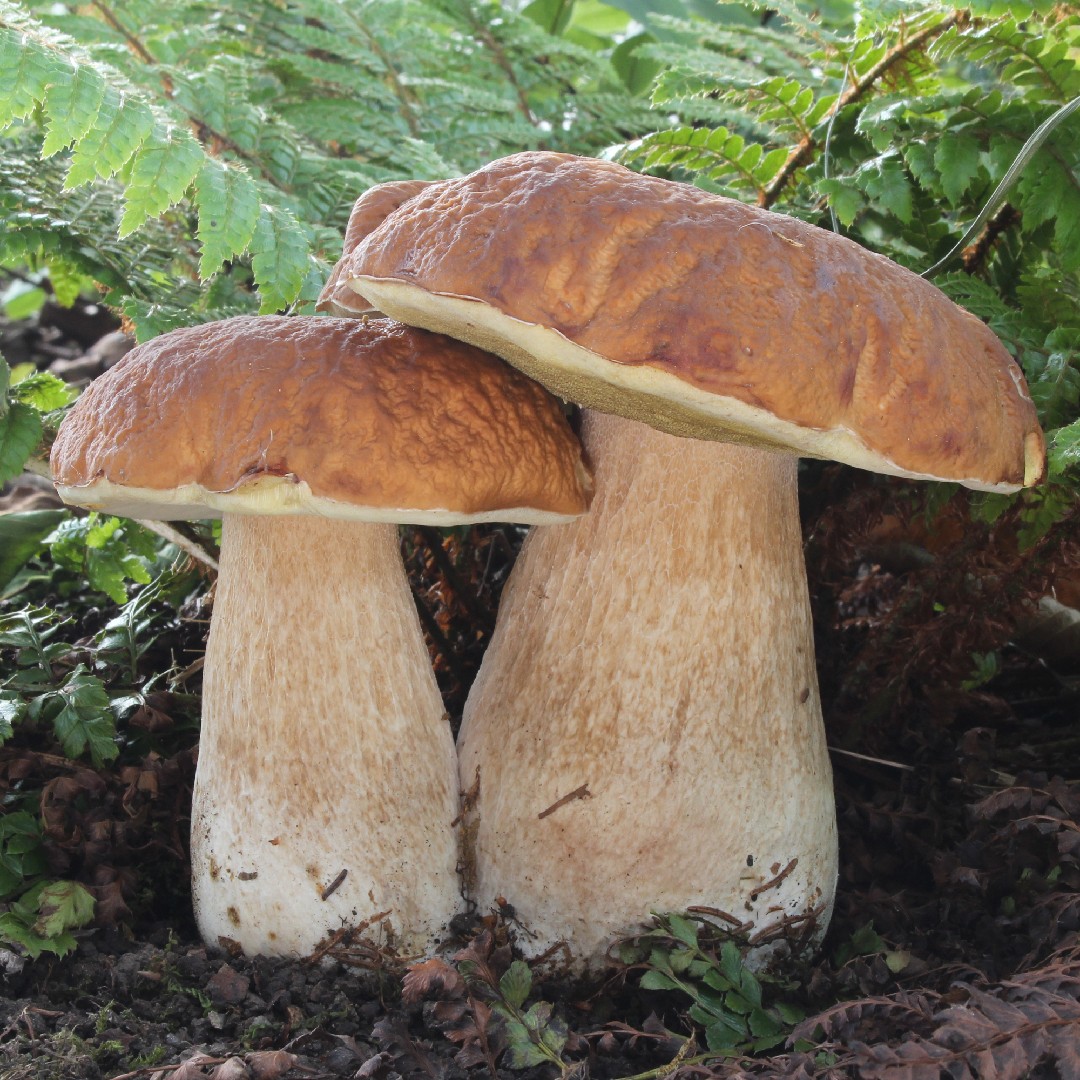 Photo By H. Krisp , used under CC-BY-3.0 /Cropped and compressed from original
Photo By H. Krisp , used under CC-BY-3.0 /Cropped and compressed from original La description
La famille des bolétacées comprend plusieurs centaines d'espèces de champignons qui possèdent souvent un pied large et renflé surmonté d'un chapeau brun en forme de coussin, à pores plutôt qu'à lamelles. Certaines espèces comestibles en font partie, notamment les Cèpes (Boletus edulis). D'autres, comme Rubroboletus satanas, sont toxiques.
